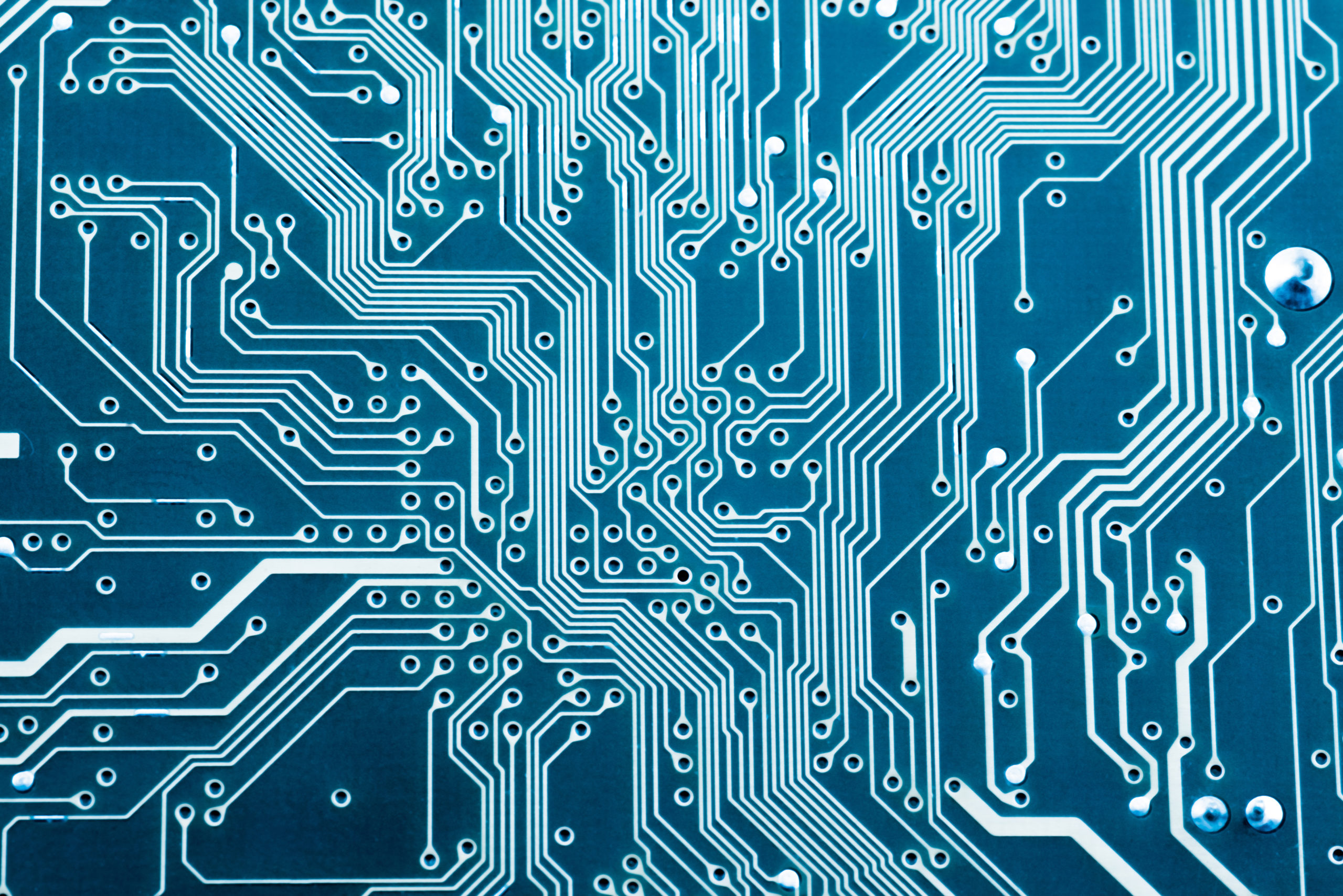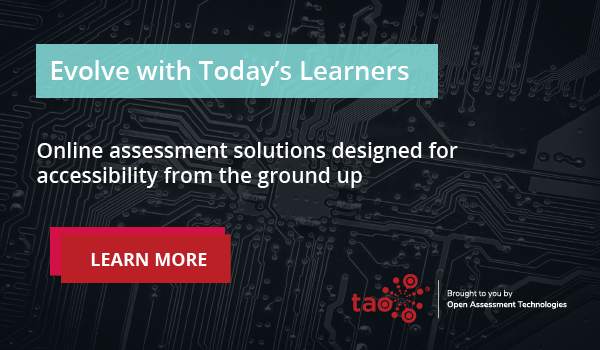While government leaders have long wrestled with lessening inequities in education, since the pandemic, a special focus has been placed on ensuring digital equity for teachers and students.
The FCC’s Eighth Broadband Progress Report estimates that some 19 million Americans still lack access to broadband internet services even at minimum threshold speeds. Accounting for just those households with school aged children, it’s estimated that a substantial 15 million Americans lack access.
In an effort to close the gaps between availability, access and equity and tackle the digital divide, the U.S. congress passed the Bipartisan Infrastructure Law, signed into effect by President Biden as of November 2021, which includes a $65 billion investment in broadband infrastructure to ensure every American has access to high-speed internet at home.
This monumental legislation achievement and investment in network infrastructure is a great step toward digital equity in education. So what does it mean for students?
Understanding the Digital Divide
The digital divide is no new concept amongst educators; the impact on student learning is a direct reflection of the country’s socio-economic divide, where students from lower-income, and rural areas, racial minorities, and those with learning differences are at a disproportionate disadvantage when it comes to accessing digital tools. Describing the digital divide, famed sociologist Paul Atwell argues that this disparity in tech access ultimately results in “differences in accumulated knowledge, digital literacy, and social capital,” for impacted students.
Even when digital resources are made available for learning, it’s important to note that availability does not equate to access, nor equitable access at that. For millions of students, especially those in rural areas and low income households, a lack of reliable internet at home significantly hinders their ability to effectively participate online, putting them at risk of falling behind in the education system.
A Pew Research analysis of 2015 U.S. Census Bureau data highlights the “homework gap,” a term which refers to students at a socio-economic disadvantage having difficulty accessing and completing online assignments at home.
The study found that 35% of lower-income households with school-age children in the United States did not have sufficient access to broadband internet connection at home. Even when learning was taking place primarily in schools, poor internet connections at home meant 1 in 5 students were not always able to finish their homework.
A 2020 Common Sense Media survey also found that 10% of public school teachers in the U.S. said they did not have sufficient internet capacity to support online learning. And recent OECD data additionally showed that when compared to OECD countries, the United States had the second highest cost for broadband internet services, where the cost was significantly higher than the average for the other countries.
What does the Infrastructure Bill Mean for Students?
With the shift to remote learning brought on by the pandemic, high-speed, reliable internet has become a critical necessity for students to participate in learning. However, ensuring digital equity in education is no small undertaking. One report estimates that the cost of closing the digital divide for students is at least $6 billion, and “as much as $11 billion in the first 12-months,” noting that it could cost an additional $1 billion to close the gap for teachers.
The $65 billion in funding for broadband infrastructure from the Bipartisan Infrastructure Law will help ensure every student and educator has access to secure, high-speed internet to improve remote teaching and student learning outcomes. The bill will make internet services more affordable for all Americans and will serve as a fundamental step for addressing the “homework gap” for students by providing equitable access to online resources without disruption, regardless of their socio-economic circumstances.
Planning for Student Equity
While the Infrastructure bill is a win for addressing the digital divide, digital equity in education goes far beyond access to broadband infrastructure. It requires vision and planning; understanding the needs of your educators and students, and ensuring they have access and ownership of the tools they are using, as well as opportunities to build their digital literacy.
Start the conversation around digital equity for your institution. Learning Accelerator has created a step-by-step guide to support your vision and drive actionable conversations around digital equity, including a self-assessment tool and planning workbook.
—
Does your institution have equitable assessment tools in place to effectively measure student learning against the curriculum in a remote environment? TAO’s assessment solutions seamlessly integrate with existing technology and provide a 100% accessible test-taking experience that empower all students to demonstrate their skills. Contact us today to learn how TAO can fit into your digital equity planning.

